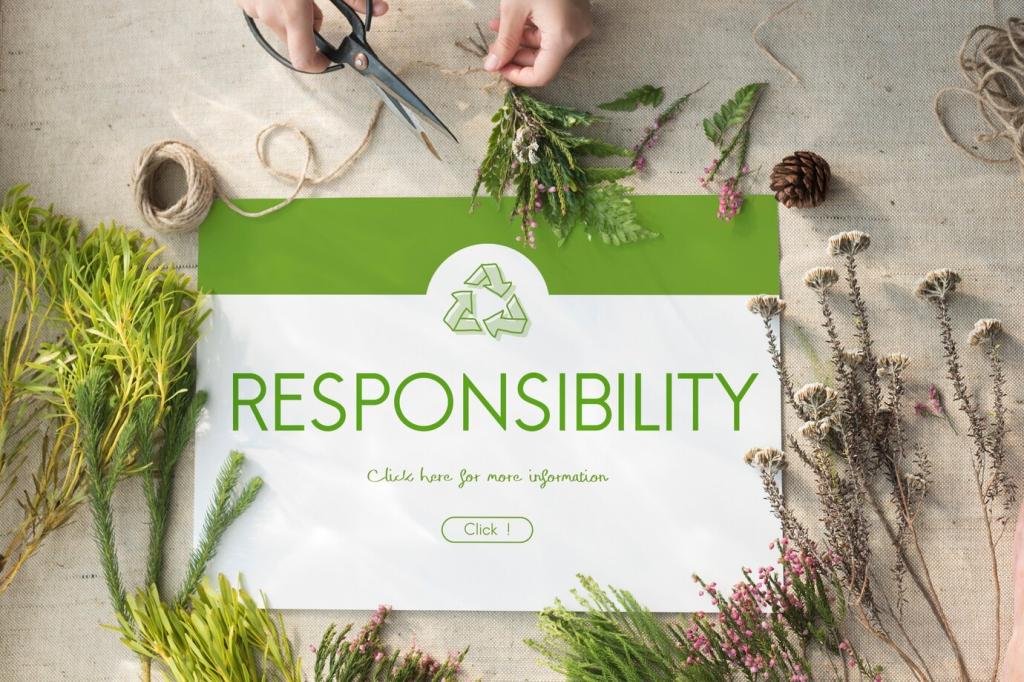Nurturing Wood, Gently: Eco-Friendly Wood Furniture Treatments
Welcome to a kinder way of caring for wood—where beauty, durability, and sustainability meet. Chosen theme: Eco-Friendly Wood Furniture Treatments. Explore low-VOC finishes, plant-based oils, and smart maintenance that respect your home’s air, your furniture’s soul, and our shared planet. Subscribe for weekly hands-on guides and share your questions anytime.





Plant-Based Oils and Waxes: The Natural Finishers
Pure tung oil penetrates deeply, cures to a flexible yet hard film, and resists water rings. Thin first coats with a citrus-based solvent for even absorption. Apply in thin layers, wiping excess within minutes, and allow generous curing time. Post your drying questions below.
Plant-Based Oils and Waxes: The Natural Finishers
Polymerized linseed or hemp oil, free from heavy-metal driers, offers a mellow glow and reliable protection. Flood the surface, wait, then wipe meticulously to avoid stickiness. Several light coats beat one heavy application. Curious about compatibility with old finishes? Ask and we’ll help diagnose.
Water-Based and Low-VOC Finishes that Work
Waterborne polyurethane: clarity with minimal smell
Today’s waterborne polys are remarkably tough, non-yellowing, and low in VOCs compared to solvent versions. Apply with a synthetic brush or pad, de-nib between coats with 320 grit, and vacuum dust thoroughly. Seen a milky look? It often clears as it dries—share photos for advice.
Dewaxed shellac: naturally derived, wonderfully versatile
Made from lac resin and alcohol, dewaxed shellac builds quickly, sands easily, and is food-safe once cured. It’s excellent as a barrier coat before waterborne topcoats. Use bio-ethanol where available for a greener approach. Curious about French polishing? Ask for our beginner’s walkthrough.
Hardwax oils: a repairable, matte alternative
Hardwax oils blend plant oils with wax for a breathable finish that spot-repairs beautifully. Choose products with independent low-VOC certifications and transparent safety data. If you love a natural, low-gloss look with practical upkeep, comment and we’ll share a maintenance calendar.

Coloring Wood Naturally: Tone, Depth, and Personality
Brewed tea boosts tannins; coffee adds warmth; walnut husks deliver earthy browns. Layer lightly, dry thoroughly, and seal with a compatible oil or wax. The result feels organic, not artificial. Post your ratios, wood species, and photos—we’ll feature standout results in our newsletter.
An iron acetate solution reacts with tannins to charcoal oak and chestnut beautifully. Pre-treat low-tannin woods with tea, apply evenly, and neutralize any residue. Finish with tung or hardwax oil for depth. Got streaks? Describe your process; we’ll troubleshoot step-by-step.
Casein-based milk paint and botanical pigments deliver velvety color that sands into charming wear patterns. Seal with beeswax or a low-VOC waterborne topcoat to protect. Want coastal chalkiness or rich farmhouse tones? Tell us your vibe, and we’ll propose mixes and finishing stacks.
Preparation, Application, and Maintenance the Eco Way
Progress through grits patiently, finish with the grain, and vacuum dust with a HEPA filter to protect lungs. Use reusable tack cloths or damp microfiber. Dispose of oily rags safely—spread to dry flat or submerge in water. Questions on grit sequences? Drop your project details below.


Preparation, Application, and Maintenance the Eco Way
Thin coats cure harder and look cleaner. Wipe or brush across the grain, then finish with the grain to level. Always wipe excess oil within minutes. Keep a timer handy and note room temperature and humidity. Share your variables for tailored advice from our team.
Stories from the Workshop: Quiet Transformations
Found with water stains and a gummy varnish, the table took patience: careful scraping, tea pre-treatment, then five whisper-thin coats of tung oil. Weeks later, the grain looked like ripples under glass. Would you like the exact schedule? Comment and we’ll send the timeline.
